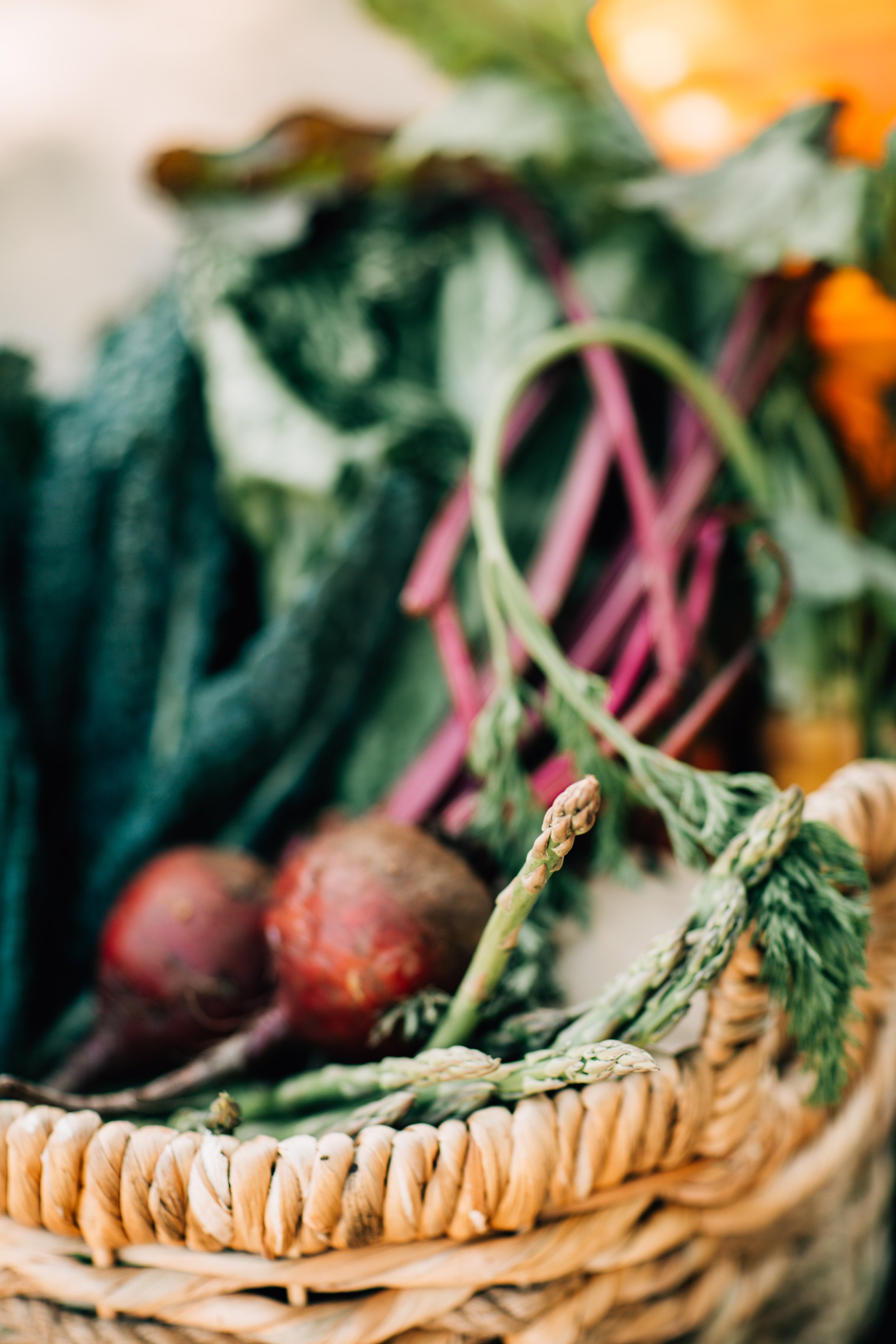
Digestive Spice Blends for Vata, Pitta and Kapha
Spices have the ability to enhance our metabolic activity and affect various tissues of the body in integrative support. Below are three Ayurvedic spice blends - for Vata, Pitta and Kapha - to assist you cooking ritual with flavor, intention and enhanced Agni or digestive fire.
Sweet Stewed Apples
A delicious delight when your body and heart need warm, grounding nourishment. Stewed apples are easy to digest and grounding, especially for Vata imbalances are in the colder Autumn and Winter months.
Un-Beet-able Hummus
Un-beet-able hummus makes for a delicious addition to any meal or grounding snack. It’s easy to make. Beets are loaded with essential nutrients and can be especially beneficial for Pitta imbalances. Chickpeas are a plant-base protein packed with fiber.


